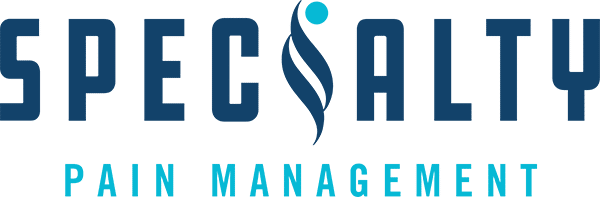Chronic pain is a complex and challenging condition that affects millions of people worldwide, often significantly impacting their quality of life. While traditional treatments such as medication, physical therapy, and surgery have been the mainstay of chronic pain management, ongoing research and advancements in medical technology have led to the development of innovative treatments that offer new hope for individuals living with chronic pain. In this blog post, we’ll explore some of the newest treatments for chronic pain and their potential benefits.
- Neuromodulation: Neuromodulation techniques work by targeting the nervous system to disrupt or modulate pain signals, providing relief for individuals with chronic pain conditions that are unresponsive to conventional treatments. Spinal cord stimulation (SCS), peripheral nerve stimulation (PNS), and dorsal root ganglion (DRG) stimulation are examples of neuromodulation therapies that involve implanting electrodes near the spinal cord or peripheral nerves to deliver electrical impulses that interfere with pain signals. Recent advancements in neuromodulation technology have led to more precise and customizable treatment options, improving outcomes for patients with various types of chronic pain.
- Radiofrequency Ablation: Radiofrequency ablation (RFA) is a minimally invasive procedure that uses heat generated by radiofrequency energy to temporarily disrupt nerve conduction in the affected area, providing relief from chronic pain. This technique is commonly used to treat conditions such as facet joint pain, sacroiliac joint dysfunction, and chronic neck or back pain. Recent advancements in RFA technology, such as cooled radiofrequency ablation and pulsed radiofrequency, have improved its effectiveness and safety profile, allowing for longer-lasting pain relief with fewer side effects.
- Intrathecal Drug Delivery: For individuals with severe, intractable chronic pain that does not respond to other treatments, intrathecal drug delivery offers a targeted approach to pain management. This technique involves implanting a pump device under the skin that delivers medication directly into the spinal fluid, bypassing the gastrointestinal tract and blood-brain barrier. By delivering pain medication directly to the spinal cord, intrathecal drug delivery can provide more effective pain relief with lower doses of medication, minimizing systemic side effects and improving overall function and quality of life.
- Non-Invasive Brain Stimulation: Non-invasive brain stimulation techniques, such as transcranial magnetic stimulation (TMS) and transcranial direct current stimulation (tDCS), are emerging as potential treatments for chronic pain. These techniques work by modulating neural activity in specific regions of the brain involved in pain processing, offering a non-pharmacological approach to pain management. While more research is needed to fully understand their effectiveness and optimal use, non-invasive brain stimulation holds promise as a safe and well-tolerated option for individuals with chronic pain.
In conclusion, the landscape of chronic pain management is rapidly evolving, with new treatments offering hope for improved outcomes and quality of life for individuals living with this debilitating condition. From regenerative medicine and neuromodulation to radiofrequency ablation and intrathecal drug delivery, these innovative therapies hold promise for providing effective pain relief while minimizing the risks and side effects associated with traditional treatments. As research continues to advance and technology evolves, it is essential for healthcare providers to stay informed about the latest developments in chronic pain management and tailor treatment plans to meet the individual needs of each patient. By embracing these new treatment modalities, we can help improve the lives of millions of people suffering from chronic pain around the world.

